Paul Atreides’ visions guide him on his journey through Dune, but they may portend a dangerous future in the upcoming Dune: Messiah.
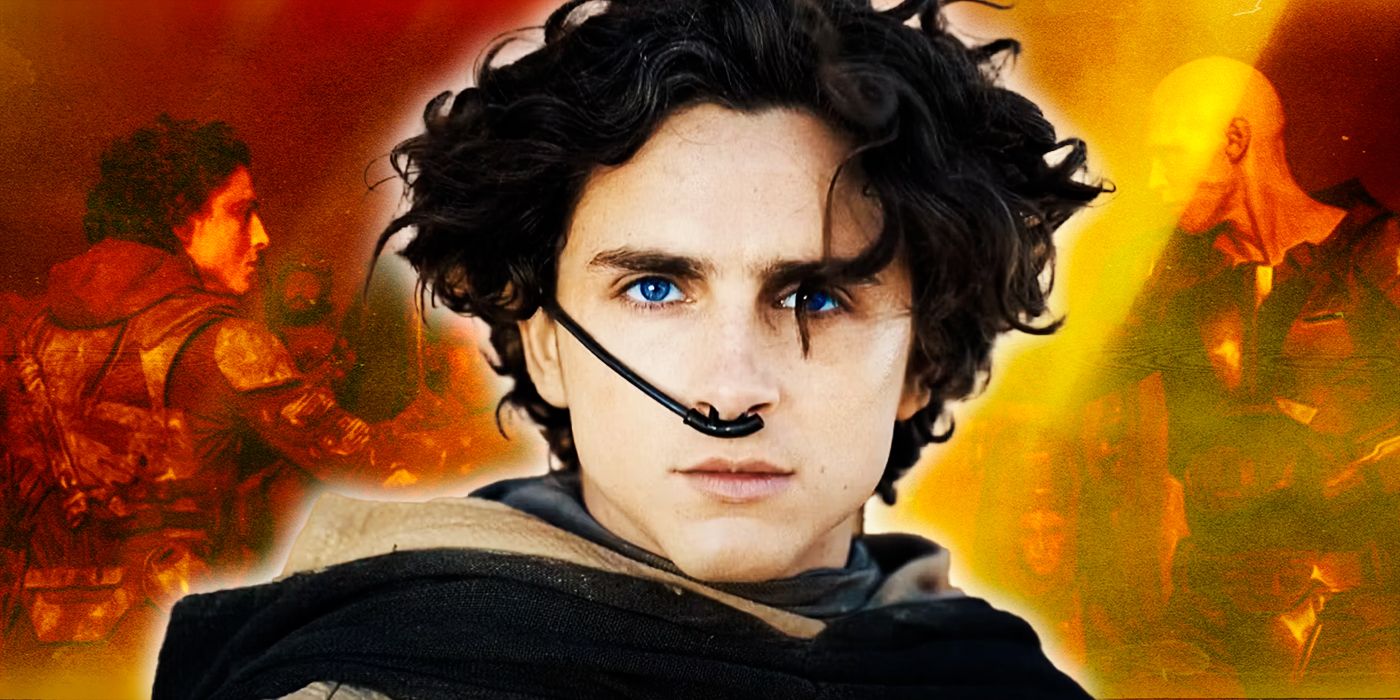
Paul Atreides’ visions of Dune have played a huge role in the way director Denis Villeneuve sets up Dune: Part II. The latest blockbuster takes an even deeper dive into the universe of Dune, set almost entirely on the planet of Arrakis. The film follows Paul’s journey to power after the destruction of his House.
Nearly every vision Paul Maud’Dib had has become reality. Dune: Part II also shares a close relationship with the first film. In retrospective, many subtle details in the first film might have gestured a change of direction from Frank Herbert’s original novels to Villeneuve’s blockbusters. With Dune: Messiah receiving promising news from the studio, here’s how the visions in the second installment might have hinted about the upcoming film.
How Dune Utilizes Paul Atreides’ Visions To Set up Dune: Part II
Paul’s prophetic visions are at the center of the storytelling in Denis Villeneuve’s blockbusters. The first movie introduces a string of visions that forecast all major events in Dune: Part II. Paul fell in love with Chani in the second film. However, their relationship has been teased throughout the first film. In fact, Paul’s Chani vision is the most important one of all. The entire first two films revolve around their relationship — from the moment they met to falling in love to growing apart.
Even with the anticipation and basic knowledge of the upcoming event, Villeneuve’s Dune: Part II manages to give viewers something they didn’t expect in the film. While the visions prepare viewers for a romance in the desert, Paul and Chani’s relationship in the second movie revolves more around Paul’s inner struggle for identity while he navigates both his Atreides’ inheritance and the Bene Gesserit gifts. Through the rise and fall of their relationship, Paul completes his transformation from a young Duke to Maud’Dib and Kwisazt Haderach.
Most visions Paul had in Dune became reality shortly. Some eventually come true in a relatively distant future, while the rest have a more symbolic meaning behind them. For instance, Paul foresaw a Fremen named Jamis teaching him the way of the desert. However, Jamis challenged him to a duel, rejecting Paul and his mother Jessica’s request to travel with the Fremen tribe. Paul killed Jamis in combat, adhering to the Fremen’s rules and making Jamis the first life he has taken. Symbolically speaking, Jamis traded his life for Paul’s entrance to the Fremen tribe and established him as a strong fighter that the tribe could benefit from. Paul again dreamed of Jamis in Dune: Part II, where Jamis spoke to him about the way to the desert. In the case of a traumatic and tragic event, his vision makes a twist in his brain to make it more acceptable.
Paul Atreides’ Visions in Dune: Part II
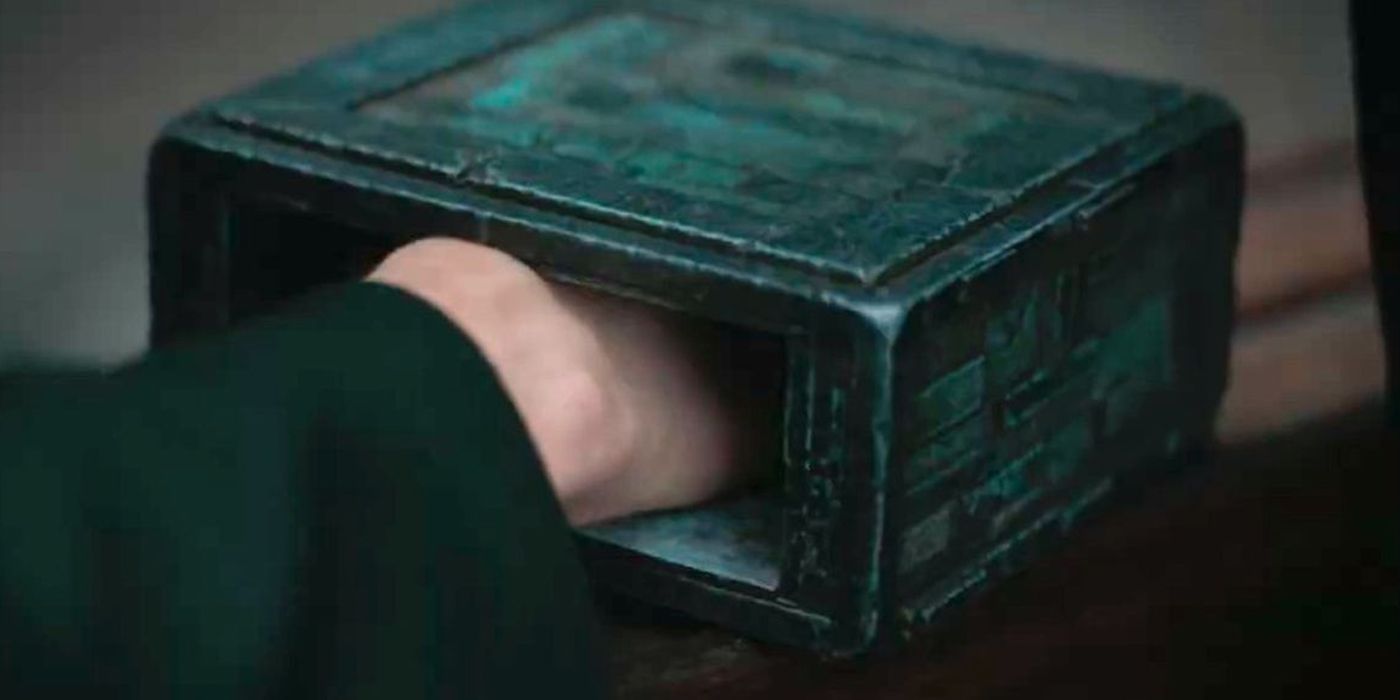
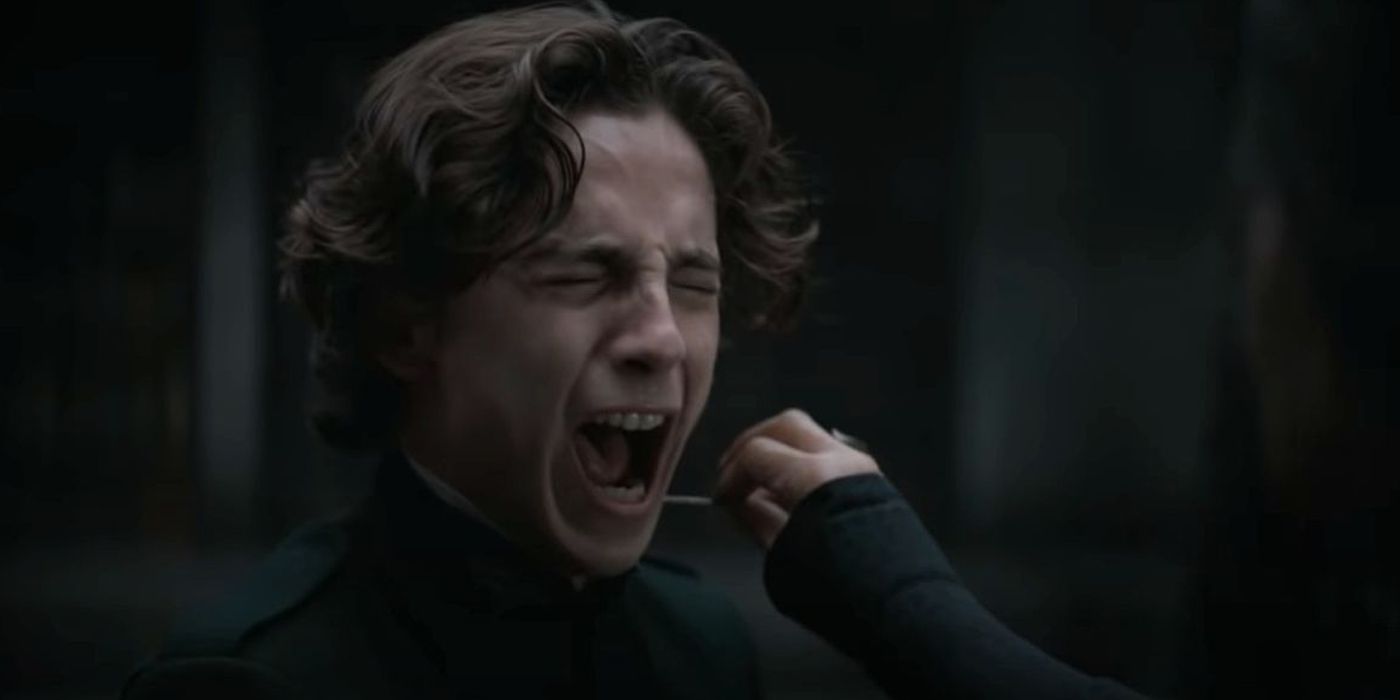
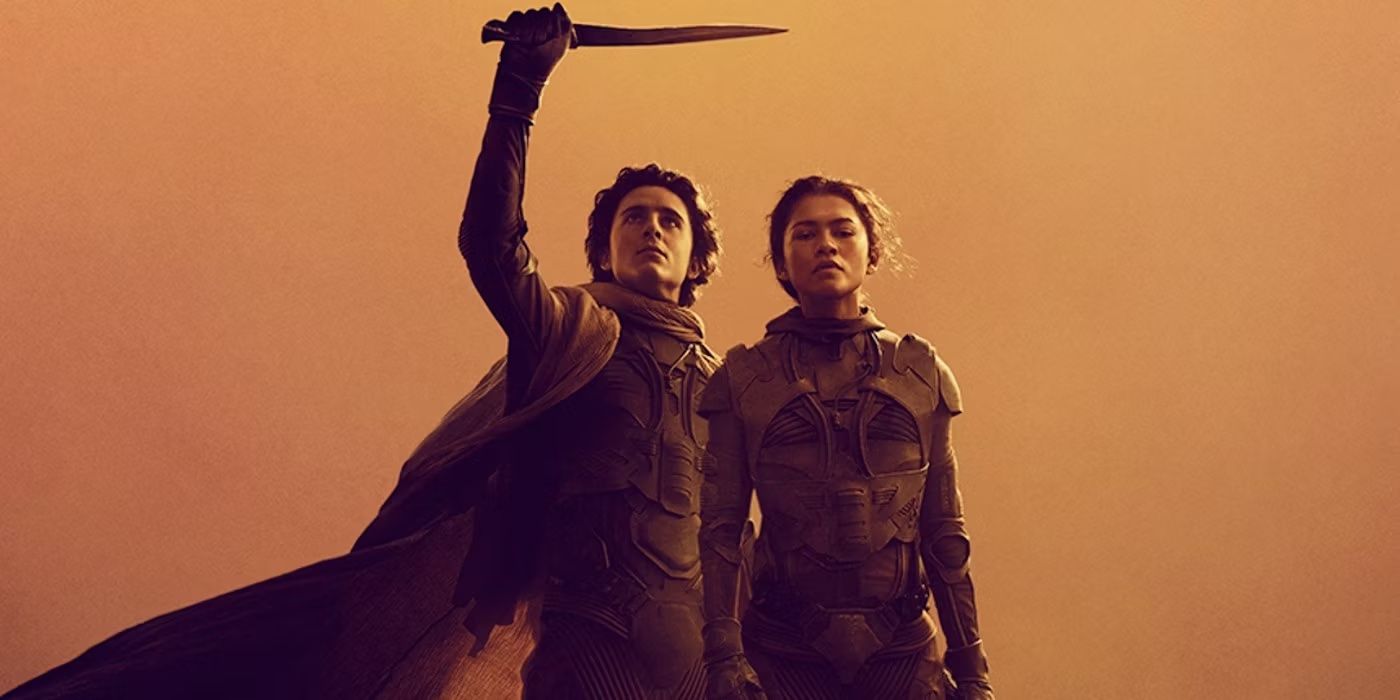
Unlike Dune, the second film revolves around a recurring vision Paul has of the Holy War. The vision represents his main concern with his path forward, knowing what he has to do as the Duke of House Atreides. Paul goes onto a soul-searching journey in the film, and his visions are mostly tied around the negative aspects of the future. His worry and fear also play a significant role in his visions, after being exposed to spice. However, since Paul eventually made the decision to lead the Fremen into a Holy War, killing billions of lives along the way, his visions are prophetic in nature. They are not only warnings, but also the truth.
Paul was forced to face what he would later become before he even became the Kwisatz Hederash. The Reverend Mother called Paul an abomination, which isn’t far off from the dark truth. Paul spent the entire time of the film avoiding his fate, but in the end, he realized that it was the only path forward. There was no better choice. If he didn’t go south, the Fremen would face abomination from the Harkonnens. The only way forward is war, and he’s the one to lead them.
Similar to the visions in Dune, the ones in Dune: Part II would likely become a reality in Dune: Messiah, but if the second film has taught the viewers, it is to expect the unexpected twist of events even when one thinks they know what’s coming next. In fact, there’s a great chance that Dune: Messiah might fast-forward to a later time and skip the events in the Holy War entirely.
Paul Atreides’ Chani Vision Hints the Use of Atomic Weapons in Dune: Messiah
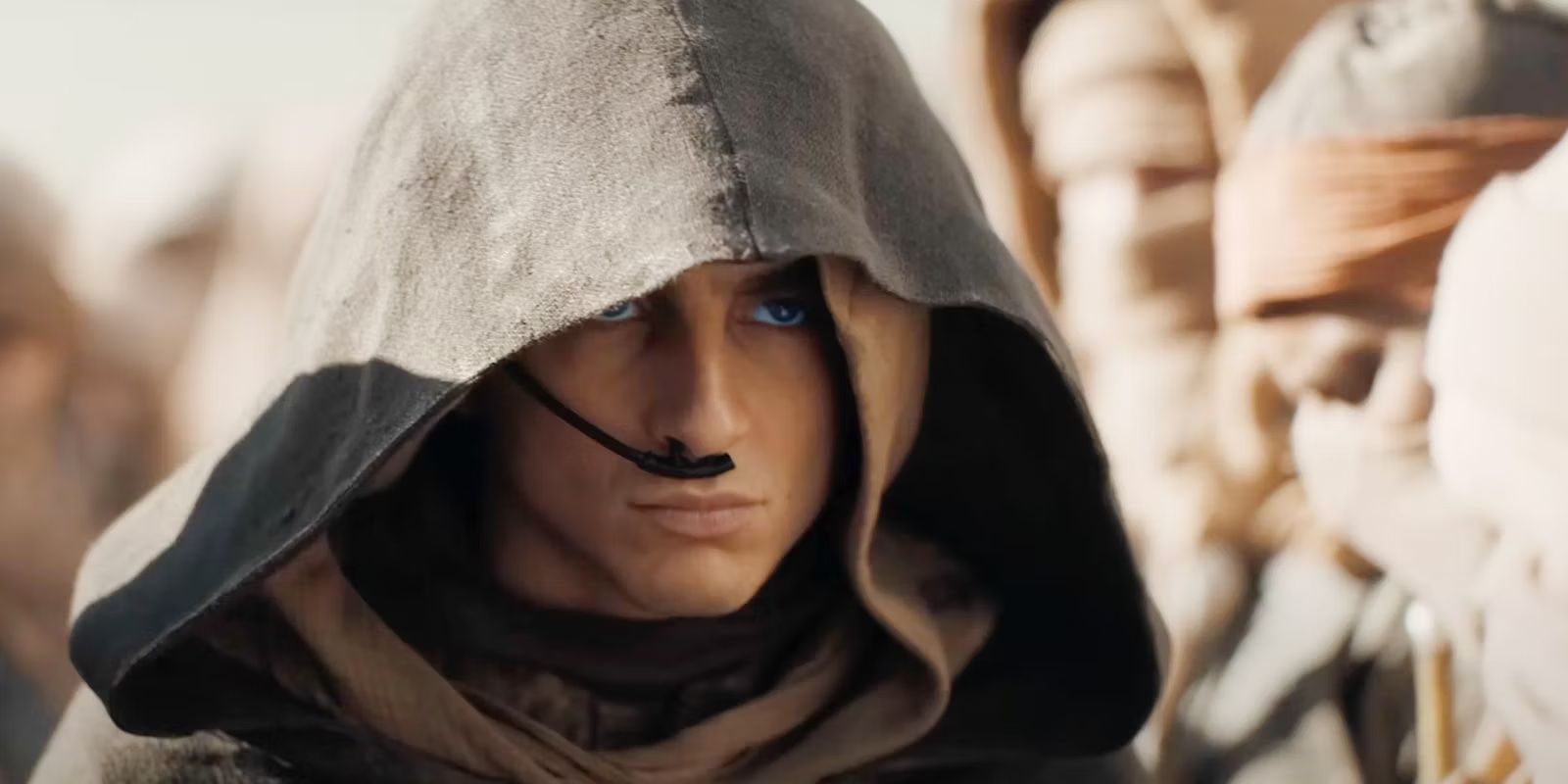

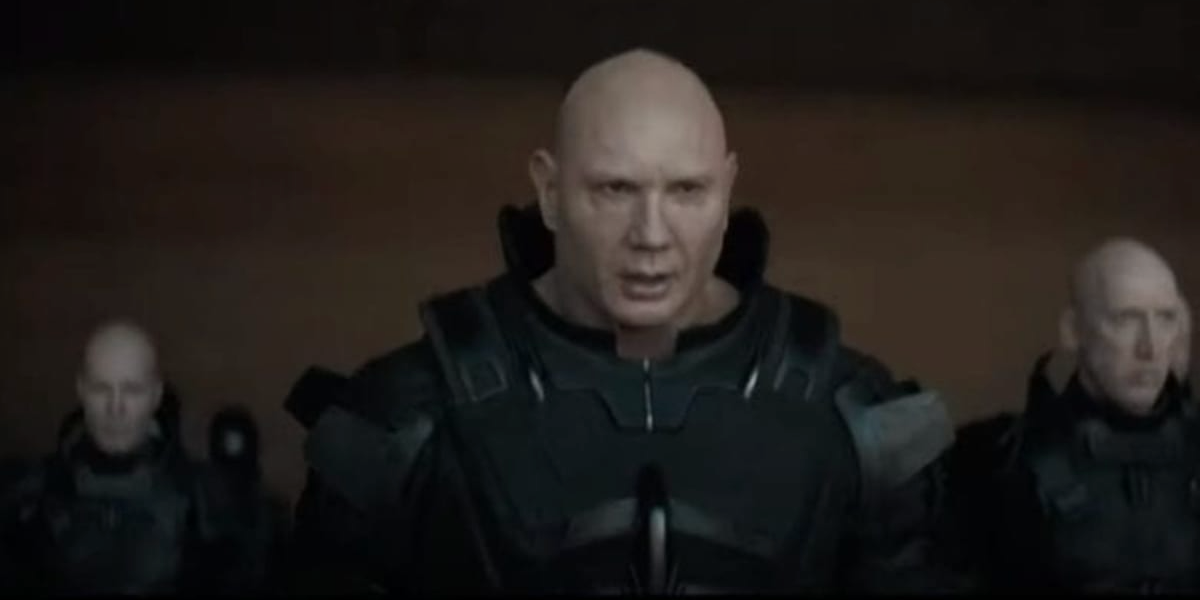
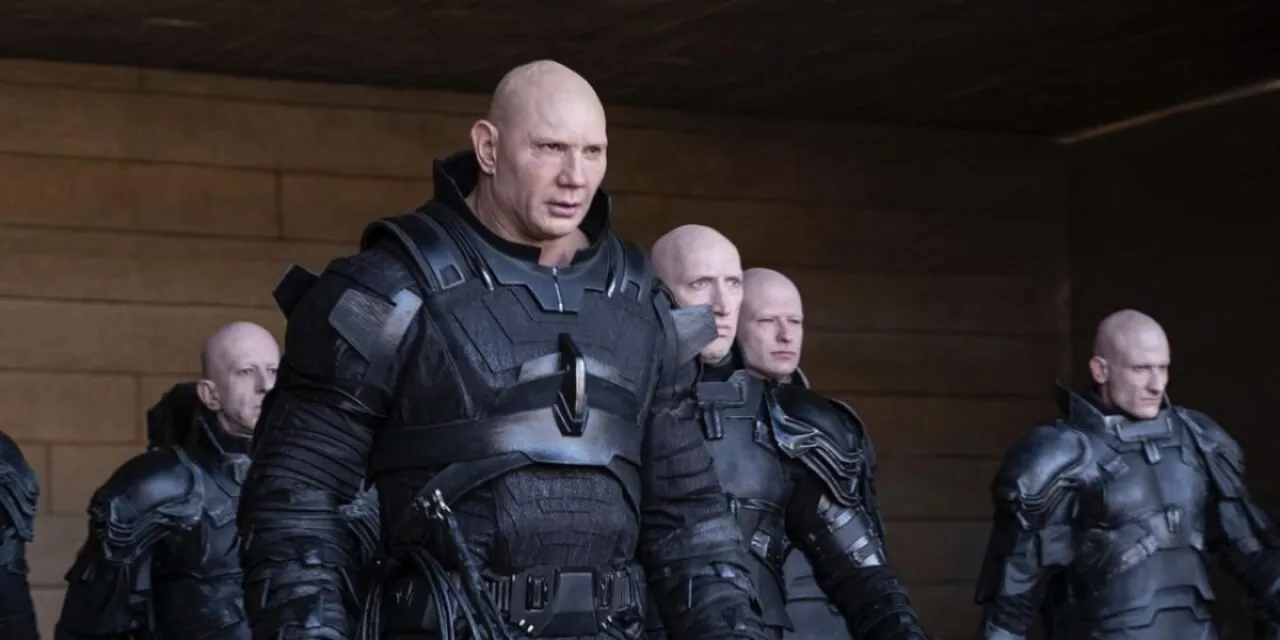
After realizing that the Ducal ring he inherited from his father, Leto Atreides, is the key to House Atreides’ atomic weapons, Paul utilized the power in the attack on Arrikeen, where he blasted a mountain open to allow passage for his sand worm-riding Fremen army. Since Paul is already waging a war against the Great Houses, he’ll not likely to care about breaking the rules of using atomic weapons on humans. The massive deaths resulting from the Holy War are also directly linked to the use of such massively destructive weapons on planets.
Paul’s ascension to power won’t be a heroic one. Zendaya’s Chani is arguably the most human character in the film. Paul saw her die in his arms in a vision in Dune: Part II. Though he woke up to find it only being a dream, the unnatural burns on Chani’s face are worth noting — exposure to the sun wouldn’t have resulted in such massive burns. Unlike what Paul saw in his other vision, where millions would die from starvation, Chani seemed to suffer from a severe skin condition that couldn’t have been a result of starvation. In Paul’s vision, Chani died on Dune. The end of Dune: Part II sees Chani parting her way with Paul, continuing her journey as a Fremen in the desert.
Paul’s Chani vision is more likely a hint of the crueler use of atomic weapons in the Holy War. Paul receives visions of all possible ways forward. Since Arrakis is the only planet where spice can be mined, Paul could potentially threaten to blow up the entire planet for the other Great Houses’ obedience. In the scenario that he has no choice but to go through with the horrific plan, Chani, along with the millions of people living on Arrakis, would suffer a deadly fate.
Paul Atreides’ Fremen Vision Forecasts War in Dune: Messiah
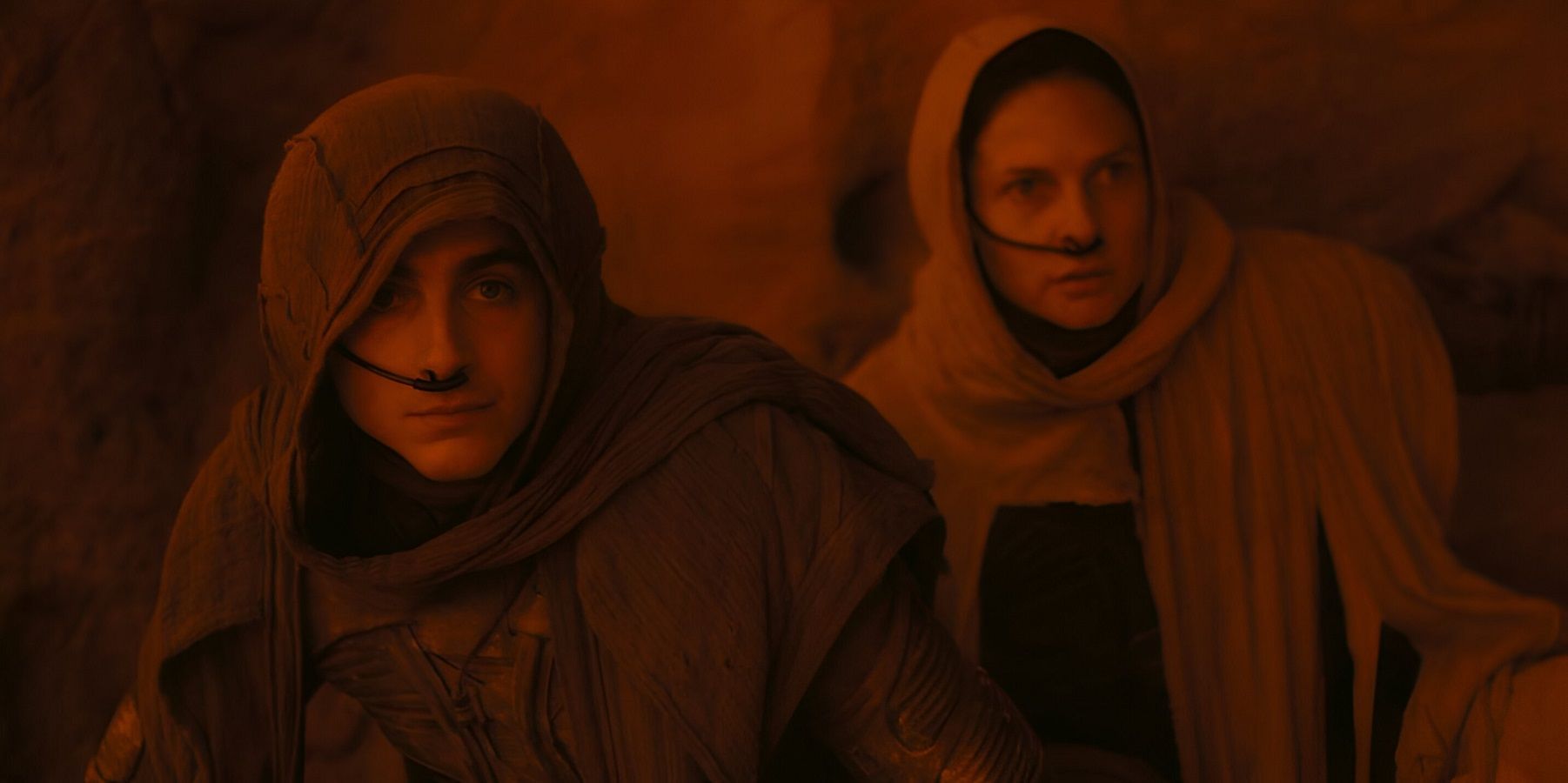
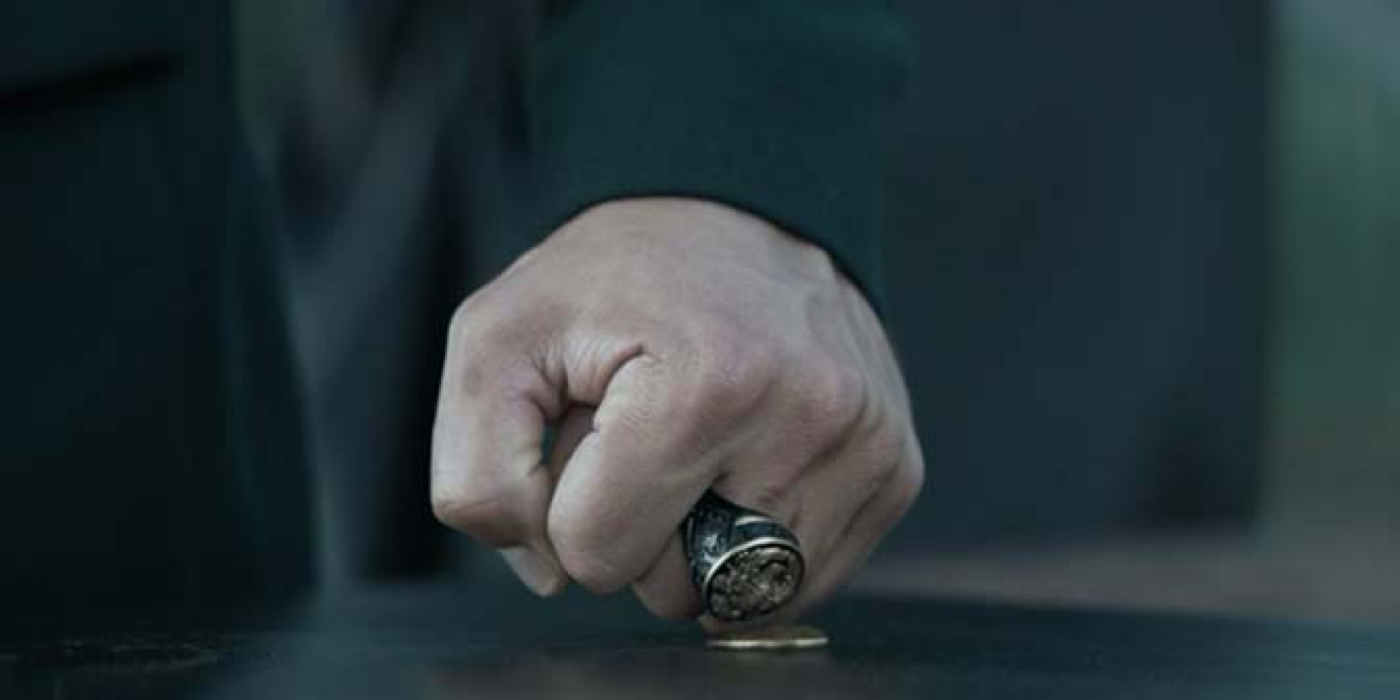
Instead of leading the Fremen to paradise, Paul Maud’Dib Atreides is leading them into a Holy War, where he’d be up against the Great Houses. Taking the throne from Emperor Shaddam VI’s hand is merely the beginning of Paul’s journey as a conqueror. He and the Fremen army would spend the next 12 years in conflict with the powers of the Imperium, resulting in more than 71 billion deaths across the galaxy. Paul would eventually force the Great Houses to acknowledge him as the Emperor, but not without bloodshed and violence.
Frank Herbert skipped most of the Holy War and jumped into the state of mind of a post-war Paul Maud’Dib, where he was confronted by the horrific collateral damage caused by his ascension to power. Though Denis Villeneuve’s Dune: Part II has made some serious alterations from the book, the film ends on a similar point and focuses on Paul’s internal conflict around his prophetic vision into the future. There is a great chance that Dune: Messiah will stay true to the time jump between the first and second books of Dune. However, footage of the Holy War can be expected, whether it is displayed in a retrospective manner or a more active manner. It’s also likely that the third installment will explore the Holy War the same way the first two films have been teasing about it through Paul’s visions.
The first two Dune films have done a great job showing the consequences of the upcoming war while exploring Paul’s own internal struggle. As someone with a prophetic vision, he has full knowledge of the horror he’s about to unleash on earth. Near the end of Dune: Part II, Paul makes the decision to wage war against the Emperor and the Great Houses despite having those horrific visions, and thus, marks a pivotal moment in his life. At this point in his life, he strongly believes in his vision of following a narrow way through — the Golden Path. It would be very interesting to see him reflecting on the choices he made from a retrospective viewpoint. Haunted by the war and the deaths of those he loved, Paul would also have to rediscover his purpose moving forward.




